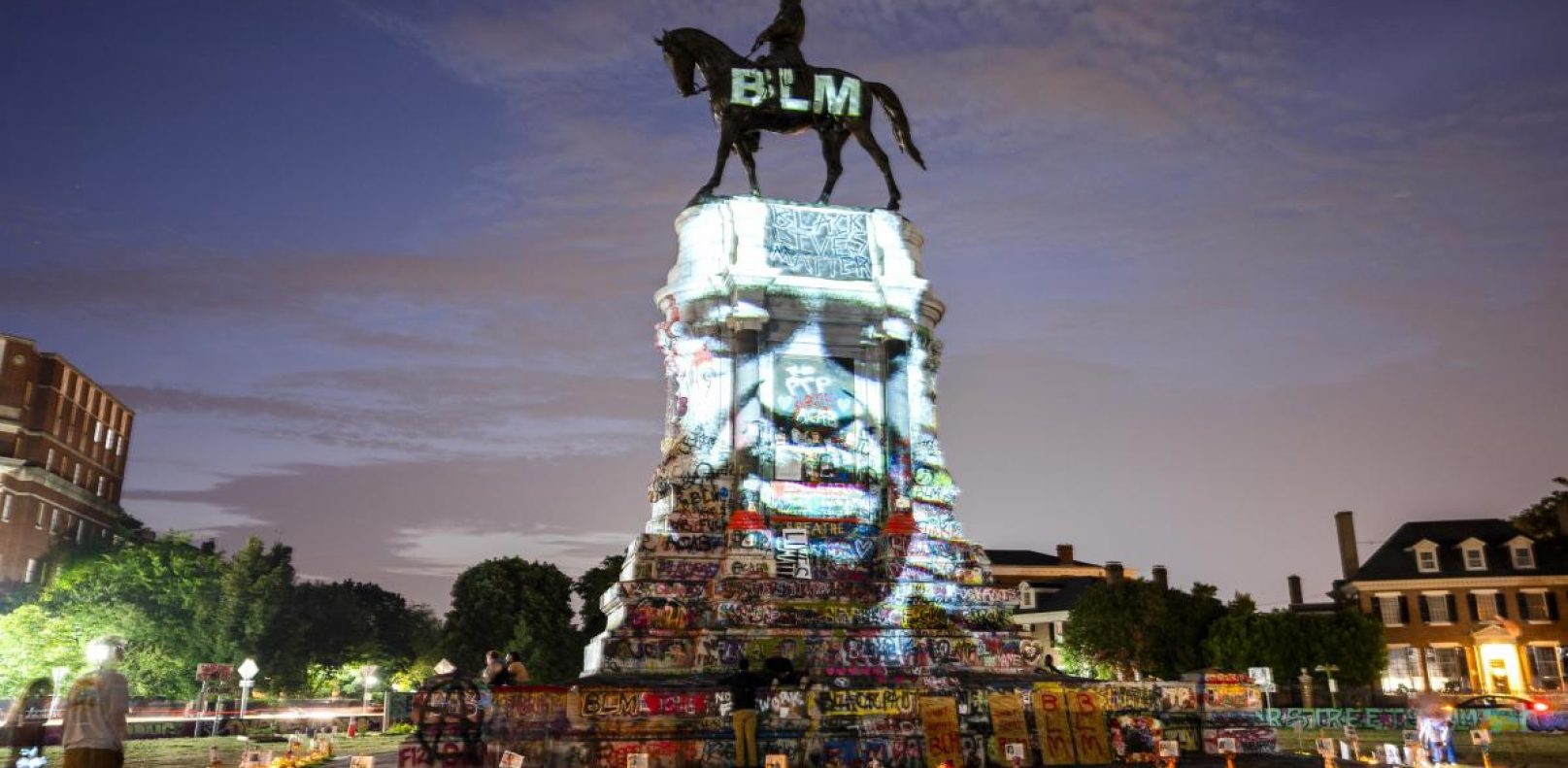The pedestal of Robert E. Lee will no longer be seen on Monument Avenue.
Richmond, once the capital of the Confederate States of America, is full of Civil War relics, including the Robert E. Lee Monument. The memorial was located at the junction of Allen and Monument Avenues. However, during the ‘Black Lives Matter’ movement, the public was outraged of the display of a Confederate General who represented the country that sanctioned slavery. Unanimously approved by the Virginia Supreme Court, Lee Statue was removed on September 8, 2021. It will be kept in Richmond’s Black History Museum.
A 40-foot pedestal fully covered with graffiti was also removed on the last week of December. A monument of Barbara Rose Johns, a prominent civil rights activist, will replace the Lee Memorial.
The pedestal was no longer a single substructure of the Lee Statue. Its image has been transformed by the addition of colorful slogans: ‘Blood on your hands’, ‘We’re not leaving’, ‘Stop’, ‘Black trans lives matter’. Diverse communities, including the black community, gathered in front of the pedestal, snapped photos and shared them on social media. A wide range of visitors changed the value of the pedestal as a symbol of the Black Lives Movement.
Now that it’s gone, there are differing viewpoints. Erin Little, a Theatre Scenic Design student, voiced her ambivalence. “It’s wonderful they took down the statue and subsequently the pedestal, but also somewhat disappointing because the pedestal became a symbol of the BLM movement and worked for the black community to reclaim a symbol of confederacy.” She still believes it is a great opportunity to erect a new statue of a person significant to the abolition of civil rights.
Nonetheless, Jennalyn Sadsad, a Political Science major, expressed her displeasure since it mattered so much to the BLM community. “All of the graffiti is representative of a moment where so many people came together to fight against injustice.” She continued, “The pedestal should be placed in a museum to respect and honor those who fought for the right of Black people to live in our country without fear.”




